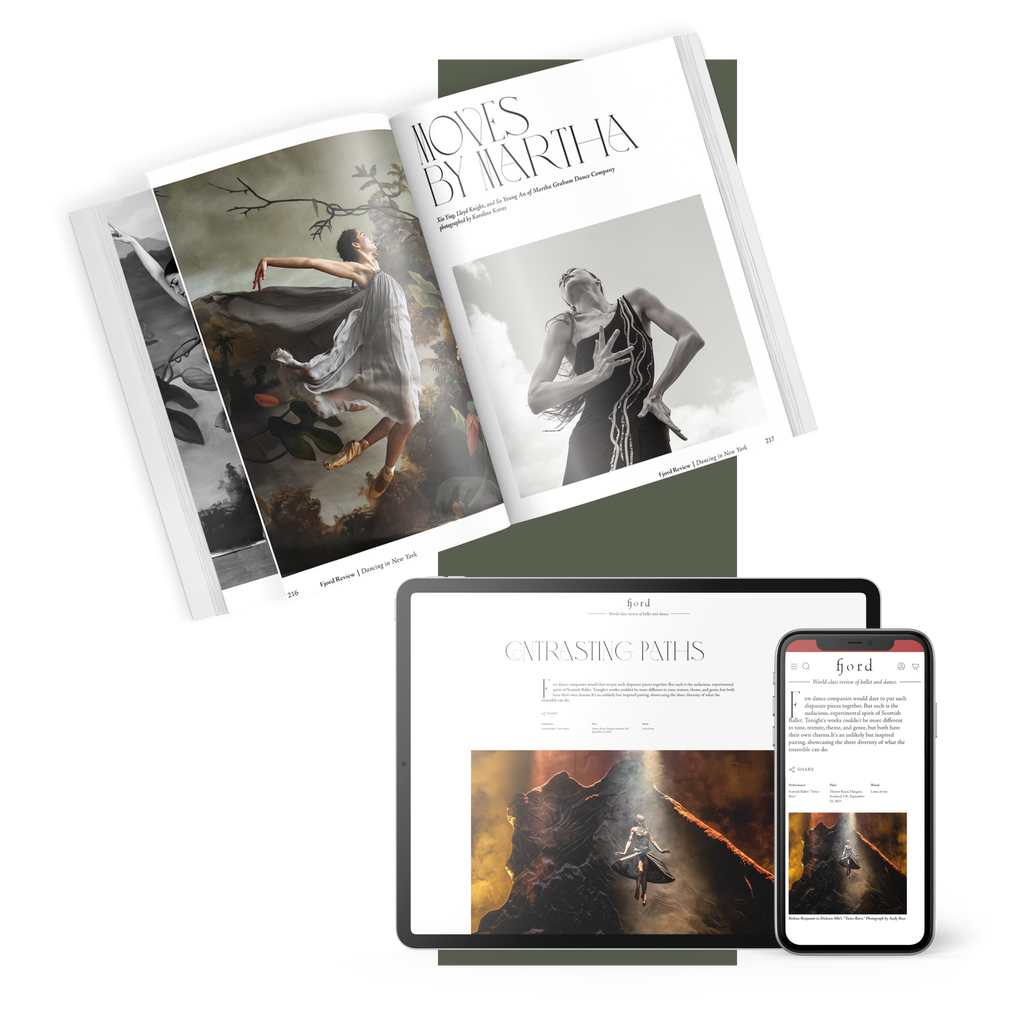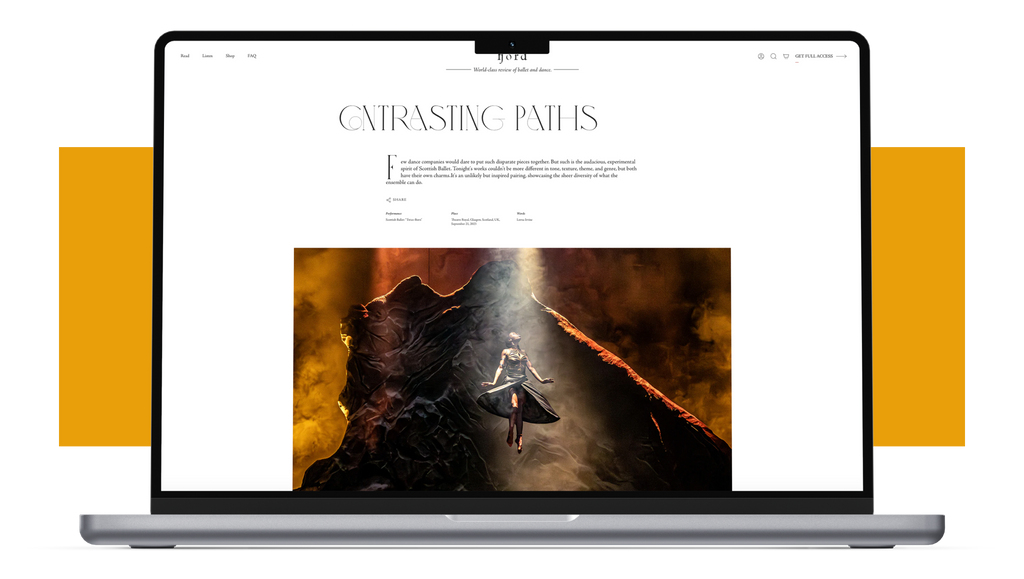Audacity of Dance
If there’s anybody who embodies ‘rizz’—charisma in today’s coolspeak—it’s dancer, choreographer, and filmmaker Benjamin Millepied.
Continua a leggere
World-class review of ballet and dance.
Ronen (Roni, as he likes to be known) Koresh premiered “TikVAH,” his first work back at Philadelphia’s Suzanne Roberts Theatre since 2019. Two years is a long time in a dancer’s short performance life. Tikvah may mean hope in Hebrew, but it comes from a root word that means to bind or to wait for. In celebrating the 30th year of Koresh Dance Company he kept his 10-member troupe and dance school together through the Covid-19 ordeal by keeping them socially distanced yet moving and in dancing shape in their own Rittenhouse Square studio. No one guessed how long they’d have to wait to be able to touch each other again. During last week’s run, a curtain talk took the place of an intermission (no congregating in the lobby permitted.) Someone asked Koresh at what point he allowed his dancers and students to couple and partner again.
Performance
Place
Words

Koresh Dance in “Lost” from “TikVAH.” Photograph by Michael Pilla


“Uncommonly intelligent, substantial coverage.”
Already a paid subscriber? Login
If there’s anybody who embodies ‘rizz’—charisma in today’s coolspeak—it’s dancer, choreographer, and filmmaker Benjamin Millepied.
Continua a leggereOne might easily mistake the prevailing mood as light-hearted, heading into intermission after two premieres by Brenda Way and Kimi Okada for ODC/Dance’s annual Dance Downtown season. Maybe this is just what we need to counter world events, you may think. But there is much more to consider beneath the high production values of this beautifully wrought program. Okada, for instance, folds a dark message into her cartoon inspired “Inkwell.” And KT Nelson’s “Dead Reckoning” from 2015 reminds us the outlook for climate change looms ever large.
Continua a leggereIt’s not every choreographer who works with economists, anthropologists, neuroscientists and cognitive scientists, not to mention collaborating with the Google Arts & Culture Lab and the Swedish pop group ABBA, but Wayne McGregor wouldn’t have it any other way.
Continua a leggereDance scholars have been remarking on the great Trisha Brown nearly from the day she first stepped into Robert Dunn’s class—the genesis of Judson Dance Theater—in the 1960s.
FREE ARTICLE
comments